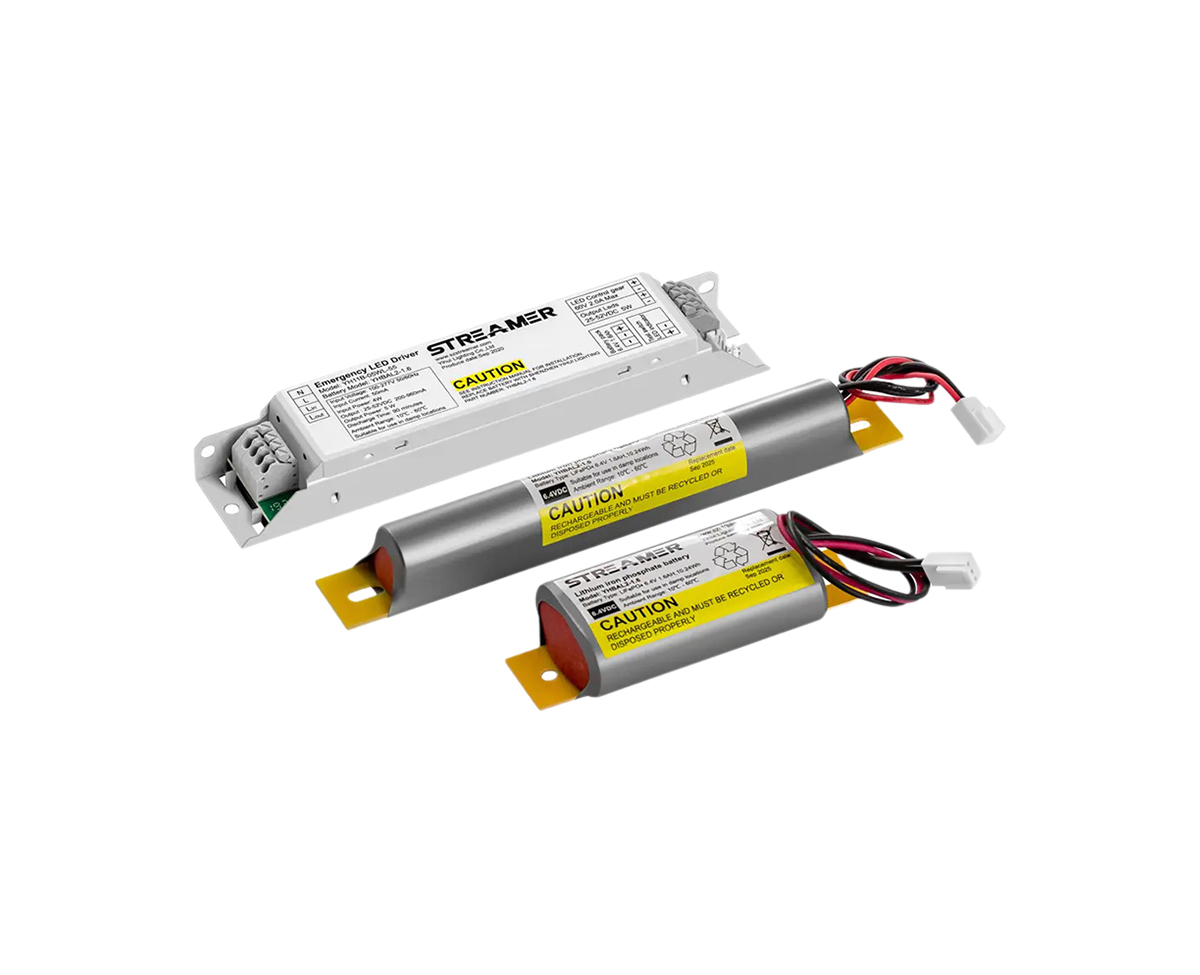 1
1
 Apr 04, 2025
Apr 04, 2025

Automated LED emergency power supplies are becoming increasingly popular due to their intelligent and self - managing capabilities.
One of the key features of an automated LED emergency power supply is its automatic detection of power outages. It is equipped with sophisticated sensors that constantly monitor the input power. As soon as the main power voltage drops below a certain threshold or completely fails, the power supply immediately activates its internal battery backup system. This seamless transition ensures that the LED lights it powers remain illuminated without any noticeable interruption.
This type of emergency power supply also often comes with self - diagnostic functions. It can regularly check the status of its battery, such as the state - of - charge and the overall health of the battery cells. In case of any battery - related issues, such as low capacity or impending failure, the automated system can send out alerts. These alerts can be in the form of visual indicators on the power supply unit itself, or they can be transmitted remotely via wireless communication protocols, such as Wi - Fi or Bluetooth, to a monitoring station or a mobile device. This allows for proactive maintenance, reducing the risk of unexpected failures during actual power outages.
Automated LED emergency power supplies are highly versatile in terms of applications. They can be used in a wide range of settings, including commercial buildings, hospitals, schools, and residential complexes. In a commercial building, for example, they can power the emergency exit signs and corridor lights, ensuring safe evacuation routes during a power failure. In hospitals, they are crucial for maintaining lighting in operating rooms, patient wards, and emergency departments, where continuous illumination is a matter of life and death. The ability to be integrated into existing lighting systems with minimal disruption makes them an attractive option for retrofitting projects as well as new construction.